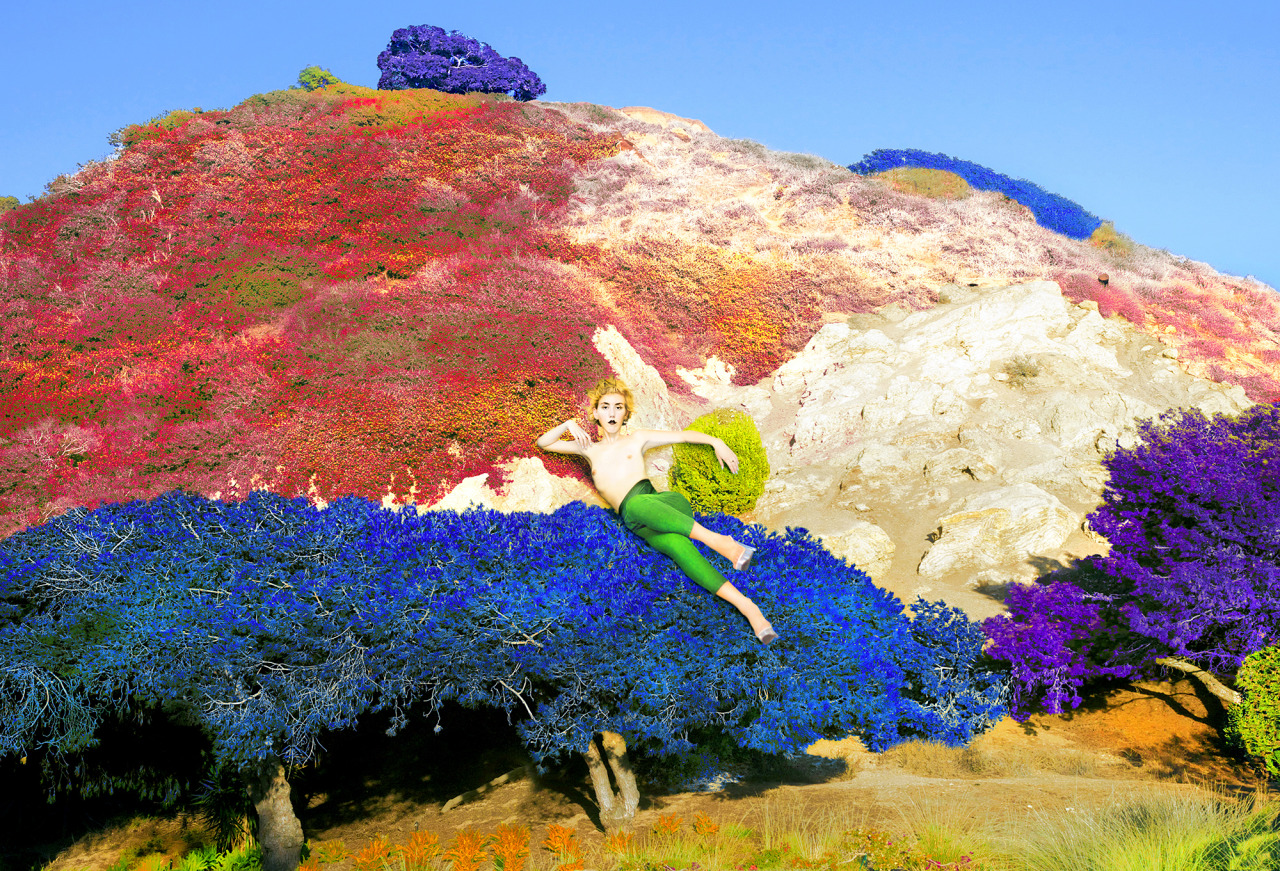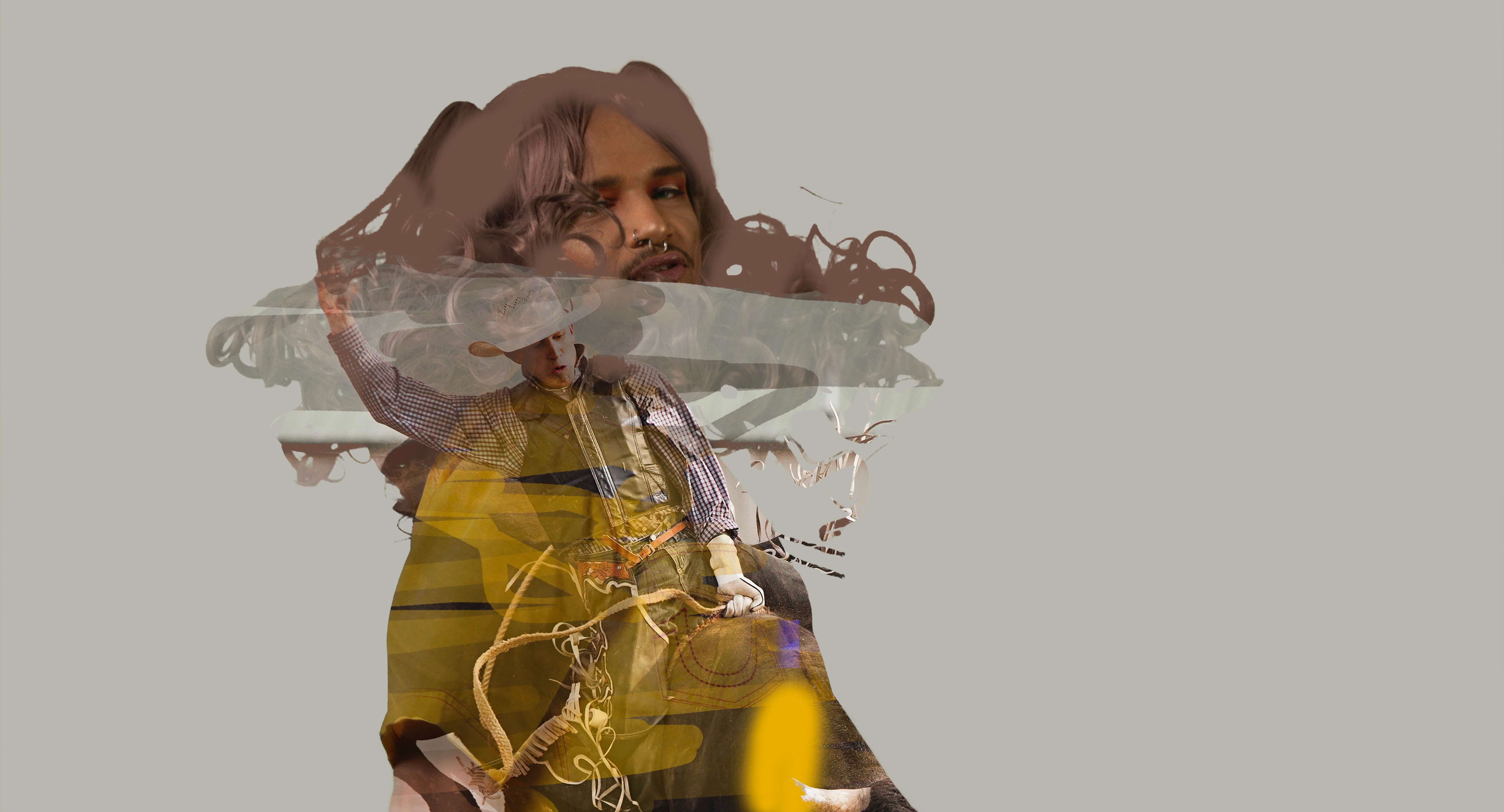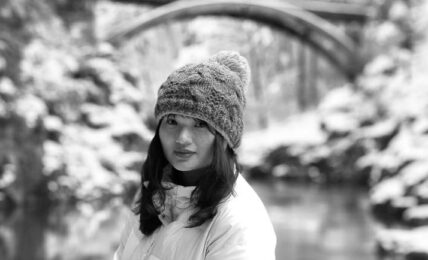Digital America interviewed Kenta Murakami in November 2022 about their work Flickr Friends (2009). Kenta was a longtime student and contributor to Digital America in the early days.
:::
Digital America: How did being a part of Digital America shape your experience at the University of Richmond? Do any highlights/memories from that time stand out?
Kenta Murakami: Digital America was a place in which certain boundaries were uniquely able to be crossed, between mentorship and friendship, between academic and personal interests. Some of my closest friends at the University of Richmond were also involved in the publication so it felt like a space in which we were able to come together and geek out, explore our ideas beyond what we were able to do in class or for assignments and get creative. It ultimately felt like a club, but we had the guidance of a professor that we also felt comfortable with in being ourselves. Because it was so interdisciplinary by nature that cross pollination and exchange of excitement led me to think about art history from different perspectives (American Studies, digital humanities, geography, etc), ultimately I think leading me down a rabbit hole for my thesis and research generally that I would have never arrived at from my coursework alone.
A highlight / embarrassing thing to look back on (one of many still-visible parts of my internet history I wish I could scrub) was an article I wrote trying to play with annotations or trains of thought that would pop up in the format of Rap Genius. I talk about the S&M performance artist Bob Flanagan, Niki Minaj, and Candy Crush, as well as a boy I was dating in NY that summer that I haven’t crossed paths with since, all in a way that feels very true to where I was at that time. The pop-up annotations also no longer work in a way that makes it look a bit like a net.art website in need of digital conservation, which feels appropriate.
DigA: Did you take anything with you from your time on the journal that has since shaped your work?
KM: I think on a basic level writing for the journal led me to feel confident in my writing and in thinking on my own terms. Because it was so open-ended and Meghan so trusting, I think I found my voice outside academic writing in a way that allowed for me to feel okay pitching art magazines with reviews. I also got used to cold reaching out to random artists from all across the internet who I wanted to feature–some of whom I’ve stayed in contact with and invited to do things in my professional life, and many others who never responded or gave curt no’s–which was definitely an important thing for me to practice.
DigA: It’s been over a decade since you wrote Flickr Friends, which was an interesting piece focusing on the media platform Flickr and how for you, it became more than just a place to share photos with strangers. How would you rewrite this piece now with all the new technology and new social media that has been popularized for teenagers to use? Do you see similarities in the new forms of social media and Flickr?
KM: Yikes, I’m totally disturbed hearing that it’s been ten years! That means it’s been at least fifteen since the beginning of the time about which I was writing. To be honest, I’m not on TikTok or BeReal or Fornite or wherever else kids spend their time these days, so I don’t know if I have an answer. I think for me already at the time that piece was about nostalgia, because by then people had moved from Flickr to Tumblr to Instagram and the way in which people interacted had changed so much.
I think what was special about Flickr was that it felt like it really was a positive and encouraging space for people to grow their creative practices that was very dialogue and conversation oriented. There was much less emphasis on popularity or likes because the way the feed worked was less algorithm-inflected, so I think it cultivated a slower and deeper pace. Also by the time of writing a lot of the photographers I had been friends with had become commercially successful and I felt a certain romanticism for a time in which having ‘success’ didn’t immediately lead to jobs within the industry or this notion of being an influencer–it felt like an economy unto itself run by kids. I think another important aspect of Flickr is that it was global but still felt somewhat niche, so even today in getting to know new friends we will discover that we were “Flickr kids” and there is an immediate kinship there that maybe doesn’t exist in the same way in relation to these all-encompassing platforms. Then again, all of these things are technologies with short lifespans and people of my generation do get excited in the mutual recognition of having spent their middle school years on Neopets or 4Chan or Myspace, so maybe that will be how people feel in the future about Twitter after Elon has burnt it to the ground.
DigA: You wrote many other pieces for Digital America during your time as a student, such as “Our Asphalt Playground: The parking Lot Project,” “Andrew Lyman (and finding a queer futurity in GIFs),” “Abject Thoughts,” J”on Rafman: Experiencing the Sublime in Google Street View,” “Why Hood by Air” is relevant beyond the world of fashion, T”he Demise of net.art: A Look At Artifacts Past,” and “i am your girlfriend” (and life is a drag). Do any pieces continue to resonate with you?
KM: It’s funny because almost all of these articles continue to come up in my mind from time to time. Artists I sort of knew or wish I knew are now people I am friends with or cross paths with at parties. A colleague at a museum, who I really admire, brought up the Hood by Air article a year or so ago as something he came across trying to do research and I was sort of shocked to think of that piece as perhaps, almost, a kind of scholarship. At the end of the day college is a really formative period, so a lot of the seeds planted then are still just beginning to grow.
DigA: Since your time at UR, you’ve worked in New York in the professional art world. You’ve also been published in Art in America. Can you talk a bit about your career and what you’re focused on now?
KM: In the last seven or so years I’ve played a lot of different roles professionally. If I were to summarize a through line I would say I am interested in picking out different histories within art that otherwise could be forgotten. The first big project that felt really personal was co-curating a retrospective for an artist whose estate I had been working with, Gretchen Bender, who made complex video installations largely based on appropriated advertisements from television. Her apocalyptic vision of the 80s’ movement into the future continues to inform so much of how I see the world. She couldn’t be more on point to what I was thinking about when writing for Digital America, I just didn’t know about her yet.
:::
Checkout Kenta’s contributions to Digital America over the years.
Flickr Friends | Kenta Murakami
Andrew Lyman (and finding a queer futurity in GIFs) | Kenta Murakami
Abject Thoughts | Kenta Murakami
Jon Rafman: Experiencing the Sublime in Google Street View | Kenta Murakami
Why Hood by Air is relevant beyond the world of fashion | Kenta Murakami
“i am your girlfriend” (and life is a drag) | Kenta Murakami
The Demise of net.art: A Look At Artifacts Past | Kenta Murakami
Our Asphalt Playground: The Parking Lot Project | Izzy P., Kenta M., and Miranda R.
:::

Kenta Murakami is an arts writer and curator based in New York who has organized exhibitions surveying the artists: Gretchen Bender and Colette Lumiere.



